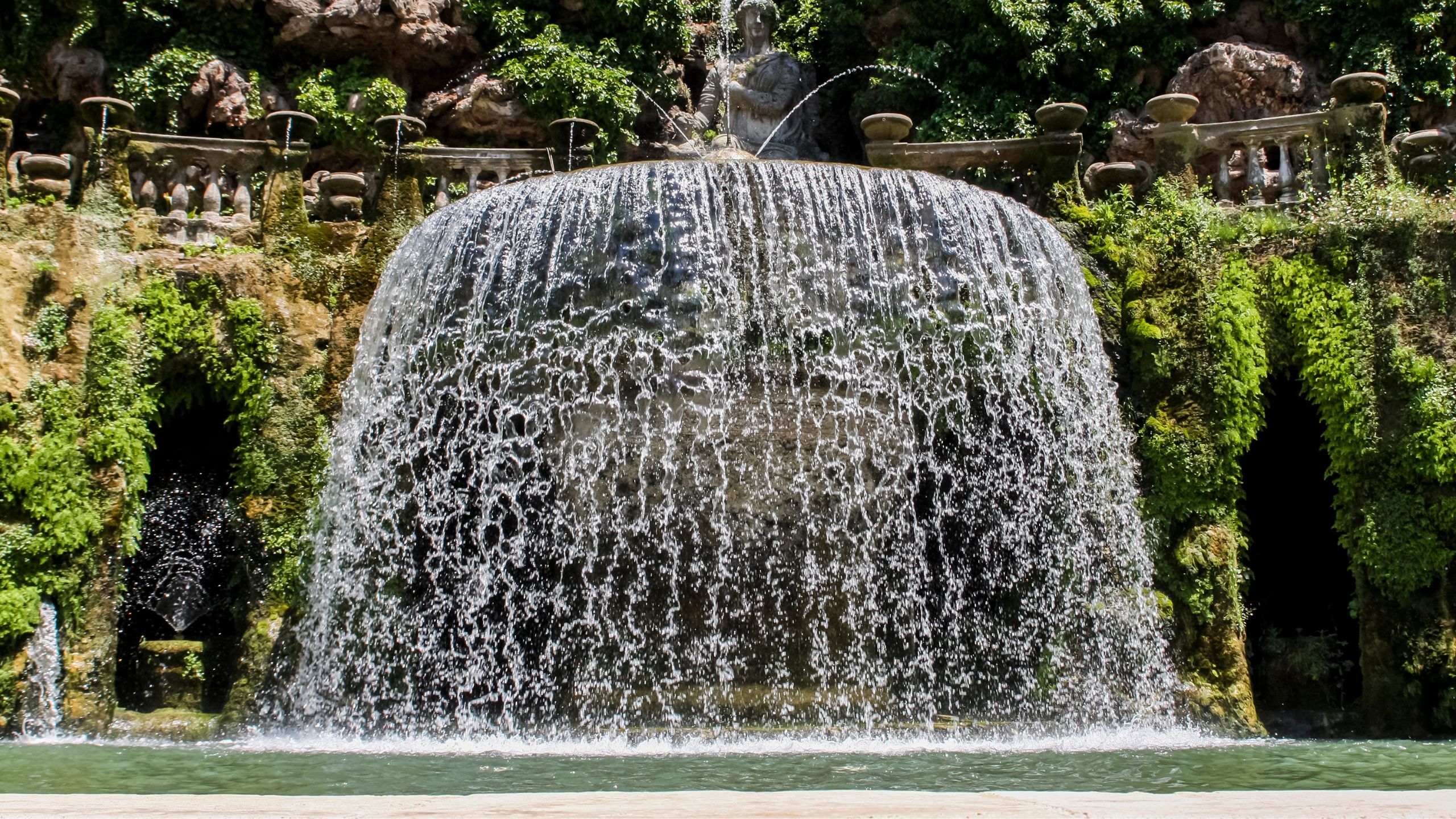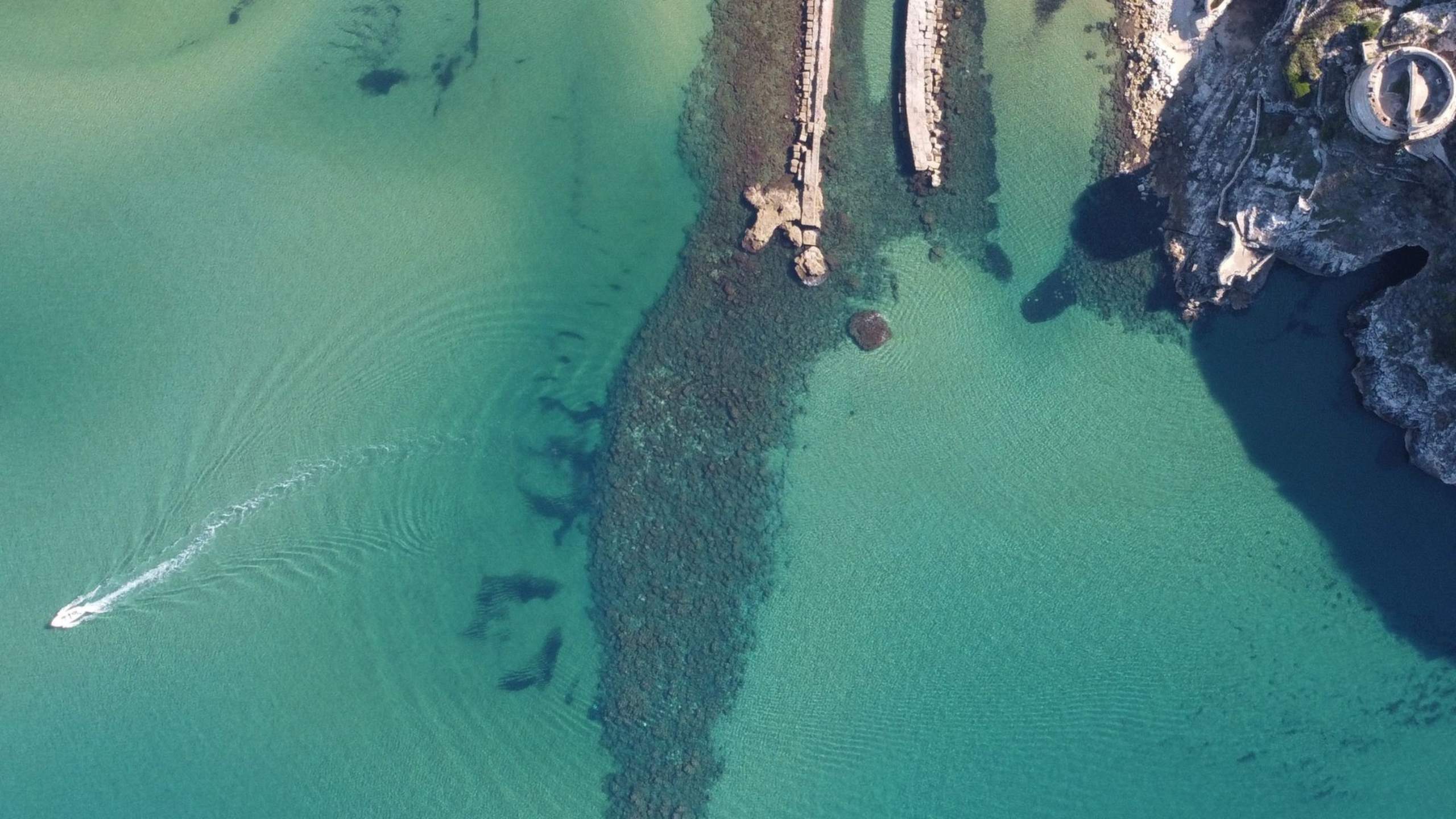Surroundings of Rome: The Magnificence of Villa d’Este in Tivoli Will Leave You Breathless
Just 30 km from Rome, nestled in the hills of Tivoli, lies one of the marvels of the Italian Renaissance: Villa d'Este. Built in the mid-16th century at the request of Cardinal Ippolito II d'Este, son of Lucrezia Borgia and Alfonso d’Este, this villa stands as a remarkable example of the Italian garden tradition. The Cardinal and the influential Este family quickly gained fame for their patronage of the arts and the villa’s incomparable beauty, which was designated a UNESCO World Heritage Site in 2001 for its outstanding artistic and historical value.
A villa born from a cardinal’s ambition
In 1550, when Cardinal Ippolito II d'Este became governor of Tivoli, he envisioned a residence that would reflect his status. He entrusted the project to Pirro Ligorio, a talented architect and archaeologist, who transformed an ancient Roman villa into a grand complex enriched with an advanced hydraulic system. The villa’s countless fountains, pools, and grottoes—powered by ingenious water channels—remain an unparalleled attraction that continues to astound visitors worldwide.
The marvel of gardens and fountains
The true highlight of Villa d’Este is its terraced garden, descending like an amphitheater from the villa with spectacular views over the Roman countryside. Here are some of the unmissable features:
Fountain of the Ovato: Located at the garden’s entrance, this fountain creates a stunning waterfall effect and symbolizes the transition between the villa and the gardens. It’s surrounded by sculptures and nymphs, introducing visitors to the park’s enchanted atmosphere.
The Hundred Fountains: This long pathway is decorated with rows of water jets that form a unique liquid curtain. Each jet is accompanied by masks and allegorical symbols, creating a unique sensory and visual experience.
Fountain of the Dragons: At the garden’s center, four dragons spew water to create a powerful, mythical effect, celebrating strength and power, ideals held dear by the Este family.
Organ Fountain: One of the most fascinating features of the villa, this hydraulic organ fountain uses water-powered mechanisms to produce music. Every two hours, the fountain springs to life in an unexpected concert that enchants visitors of all ages.
Fountain of Neptune: A more recent addition, built in the 20th century, this fountain features powerful jets honoring the Roman god of the sea. Its mesmerizing water display makes it one of the villa’s most photographed spots.
The villa’s interiors: elegance and symbolism
Inside the villa, the Entrance Hall served as the main reception room, where Cardinal d’Este hosted his guests, offering them a spectacular view over the gardens and the surrounding landscape, including the nearby Hadrian’s Villa. The ceilings are adorned with frescoes by the Zuccari brothers and Livio Agresti, depicting virtues and values cherished by the Este family, representing their heritage and refined artistic taste.
An unmissable visit for those staying in Rome
Villa d’Este is not only a Renaissance masterpiece but a magical place where history, nature, and engineering come together. Easily accessible from Rome, Tivoli offers an immersive experience into the Italian charm of a bygone era, making it a perfect destination for a day out of the city. Every detail of the villa, from the fountains to the frescoes, tells a story, making a visit to Villa d’Este a cultural experience not to be missed.
If you’re looking for a stay in Rome that allows you to explore its surroundings and experience the artistic and natural wonders of Lazio, Villa d’Este is an ideal addition to your itinerary. Prepare to be amazed by one of the world’s most beautiful and enchanting gardens!




